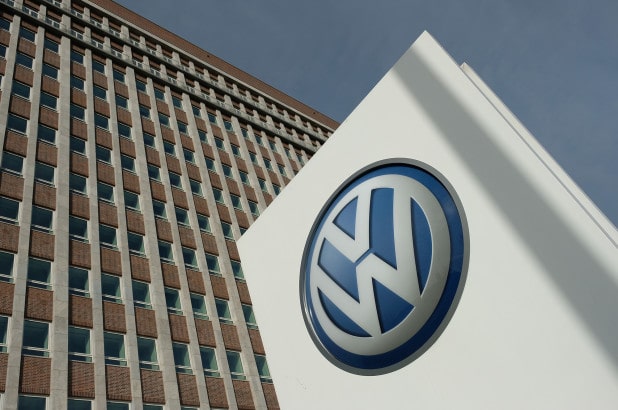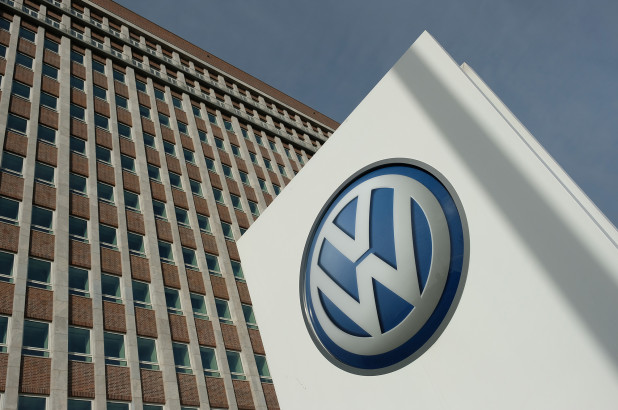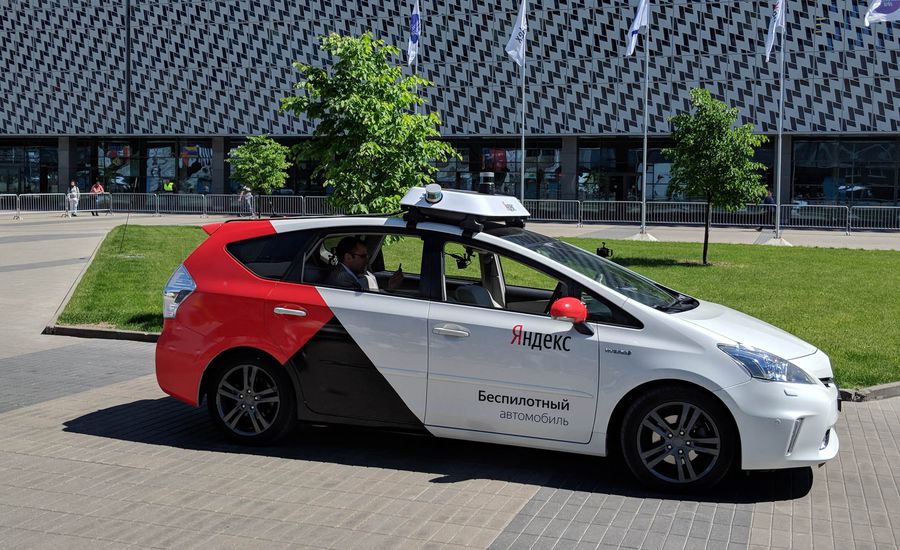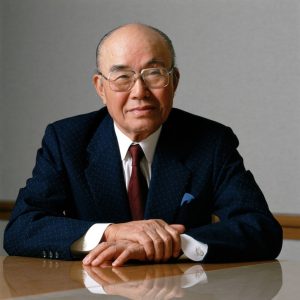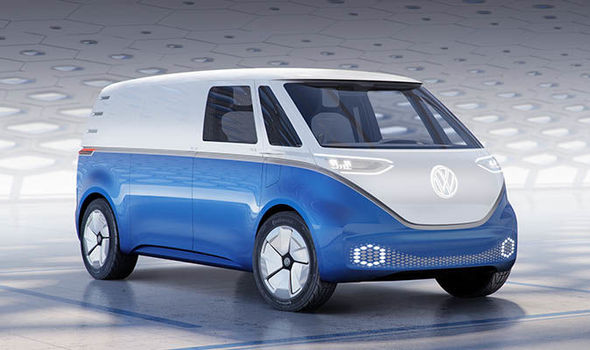BMW : One of the Oldest Aircraft Manufactures and the Leading Motorcars Giant of Today’s Time
Humans have always been obsessed with speed. Ever since the emergence of automobiles, our top priority has been to build a machine, which is faster, and at the same time, reliable. One company that has gained the trust of the millions around the world is BMW.
Bavarian Motor Works or Bayerische Motoren Werke is a Germany based automobile manufacturing giant. Founded in the year 1916, by Franz Josef Popp, BMW has a total workforce of more than a hundred thousand employees. The company headquarters are located in Munich, Bavaria and, Germany. It is an international acclaimed manufacturing unit and the most reliable and trusted brand in the global market.
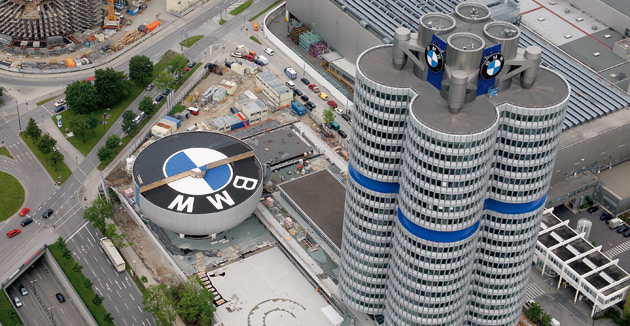
The company is the twelfth largest motorcars producer company in the world. Awarded at several events, the motorcars manufacturer hold Guinness World Record for longest sustained drift by BMW M5 model. BMW produces cars in Germany, China, India, South Africa, UK and US. Today, it is the most desirable car brand besides Mercedes and Audi.
The Emergence of the Company
During the initial days, BMW started as an aircraft-manufacturing firm named Rapp Motorenwerke. By the end of 1918, the manufacturing unit of the firm was forced to cease the aircraft engine manufacturing, and later, in the year 1923, it switched to motorcycle production. The transmission was not that easy, however, it bought golden luck for the company. Soon, the firm started manufacturing and producing motorcycles on a commercial scale.
In 1930, the firm regained authorization to manufacture aircraft parts. But by the end of 1959, due to the cost constraints, the firm had to discontinue the aircraft production. The company then decided to switch to automobile manufacturing, which proved to be a vital changing phase in the future of the firm.
Transition as Automobile Manufacturer
Right after the switch, BMW bought Hans Glas in 1966. The first car released by the company was Dixi. The car’s design was based on Aston seven model. The Dixi had a top speed of 75mph, which was pretty fast in those times. In 1992, BMW acquired a big California based industrial studio, and later, annexed British Rover Group.
Rover brought bad omen for BMW, and as a result, the company decided to sell Rover to Phoenix Consortium. The company ever since then involved exponentially in car designing and manufacturing process. It has a customary blue and white logo derived from ancestral Rapp Motorenwerke. The company has estimated more than six assembly lines and four operating division mainly BMW Motorrad, Mini, BMW Motorsport and BMWi. In order to meet the requirement of the global market, the company has tripled its production units in recent years. At present, the company has a revenue of astounding $97.48 billion. The brand has established its name as one of the leading car manufacturers. The BMW cars are quite popular among celebrities as well.
Car Racing Industry and BMW
The BMW brand has dominated the Formula1 tournaments as well. The advanced engineering solution has not only evolved the cars for a better result but into a racing machine. Every year a significant number of BMW cars take part in competition around the world. BMW is not only deluged with success but clients and media attention. European golf events, PGA Championship, Football clubs and United States Olympic Committee are just a few of many clients that BMW looks after as a prominent sponsor.
Awards and Recognitions
According to several magazine and tableau, BMW is among the top 10 automobile manufacturing companies in the world. It earned 2012’s best buy award in engine and premium compact car category. In 2011, the company won The Red dot award for product designing. It was also awarded the Euro Car body award in 2017. Recently, BMW M5 has been voted the world’s best performance car of 2018.

Aman calls himself a curious breed, who is fond of the expedition, bowling and is a super colossal movie buff. A small cog in a digitally transforming world who seek to forge mark in the gargantuan marketing space. He is an introvert by nature yet, loves being around with heart-warming people. Philosophy of Life: “Hardship often prepares an ordinary person for an extraordinary destiny.” ? Christopher Markus.

